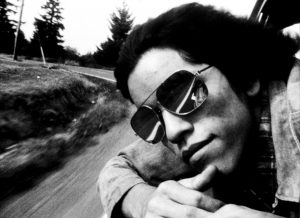Gus Van Sant has the ability to create something extraordinary out of the ordinary. Themes such as family, isolation, homosexuality, ambition, and death recur time and again in his movies but, what sets him apart from the rest is his ability to transform the movie making process with his own expressive imagination and elements like dark humour, thereby surprising the audiences at every step. Gus Van Sant can be described as a complex filmmaker because of his deliberate and constant switching between mainstream Hollywood and art house cinema. Usually dealing with estranged young boys, drug peddlers, disillusioned characters, and unique camera effects, Gus Van Sant is an auteur and a prominent figure of the ‘New Queer Cinema’.
 Homosexual Characters
Homosexual Characters
Homosexual characters play more or less central characters in Gus Van Sant’s movies. Mala Noche (1986), Drugstore Cowboy (1989), My Own Private Idaho (1991), Even Cowgirls get the Blues (1993), and Milk (2008) are a few of his movies that deal directly with homosexuality. Some queer elements also find place in his works that appear to be straight. For instance, the shower scene in Elephant (2003) received flak from some critics because it seemed irrelevant to the plot.
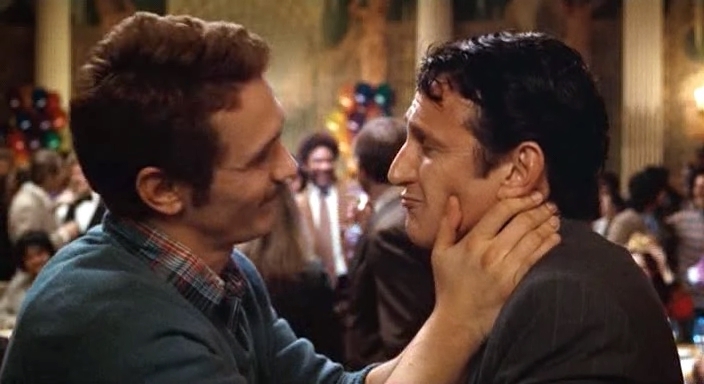
Dark Comedy
Sant uses elements of dark humour in his movies namely, Mala Noche (1986), My Own Private Idaho (1991), To Die For (1995), and Even Cowgirls get the Blues (1993). Sant’s movies consist of street hustlers and over-ambitious characters that induce guilty laughter.
Death – A Pivotal Element
Death as a theme has consistently been present in almost all of Sant’s works. From his early works such as Mala Noche (1986), My Private Idaho (1991), To Die For (1995) , Psycho (1998) to his more recent trilogy of films- Gerry (2003), Elephant (2003), and The Last Days (2005), death has been a constant factor. From eerie presence lurking in the shadows to the brutal imagery in some of Sant’s movies, the importance of death cannot be overlooked.
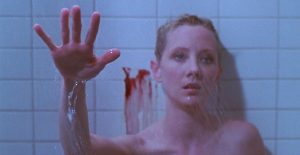
Use of Colours
Gus Van Sant has been known to use colours in accordance with the nature of the scene. In Psycho (1998), a shot-by-shot remake of Alfred Hitchcock’s Psycho (1960), bright pastel colours have been used that serve as a contrast to the otherwise gloomy nature of the movie. In Good Will Hunting (1997), as well, colours can be seen shifting from a warm colour like amber to colder colours like blue and grey.
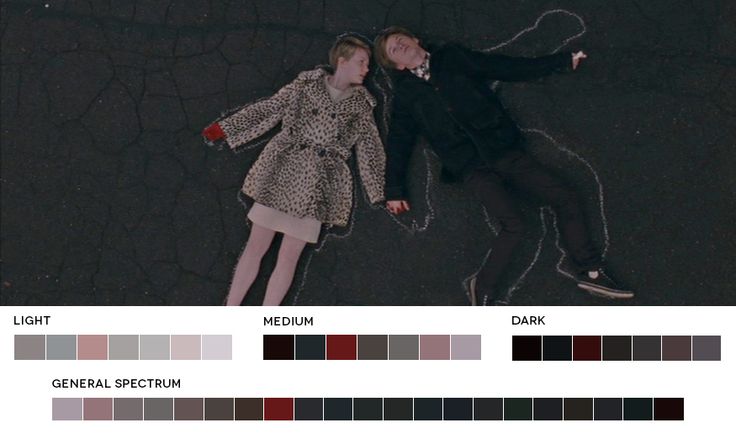
The Steadicam shot from behind
Sant’s signature style that he incorporated in Gerry (2003) and Elephant (2003) was the steadicam shot from behind. This particular shot eliminated the characters’ facial expressions and emotions by shooting a character from behind.
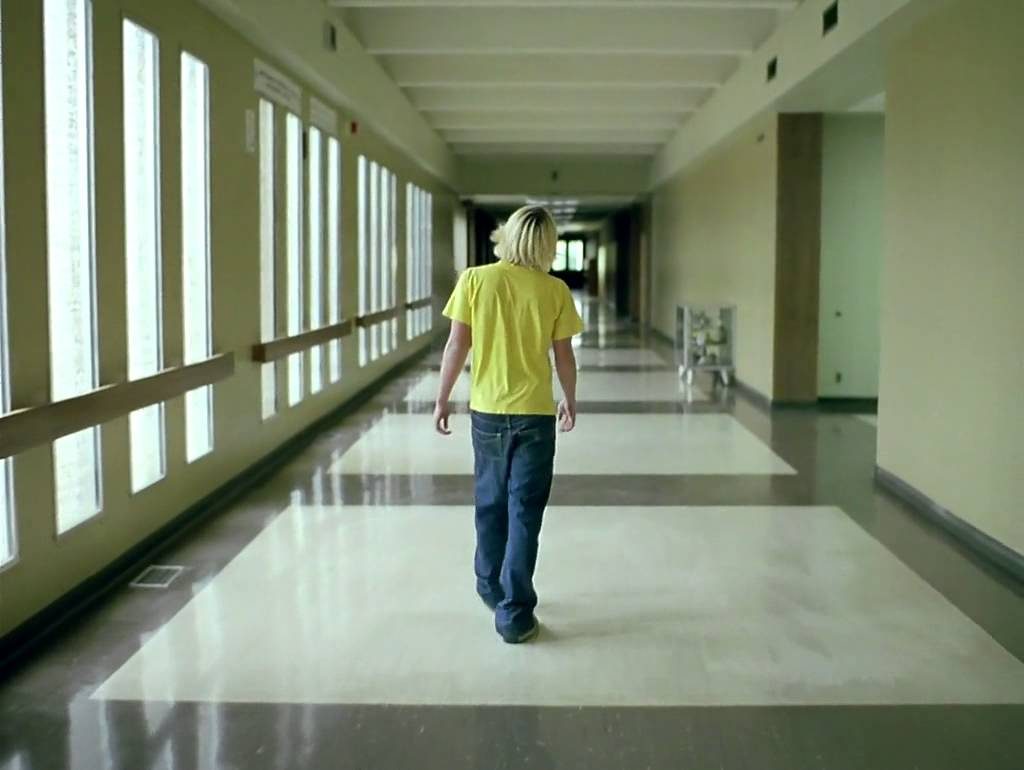 Departure from Hollywood’s tried and tested continuity style
Departure from Hollywood’s tried and tested continuity style
Sant followed no chronological order in his movie Elephant (2003); various shots were repeated and omitted without providing the viewers any explanation. Therefore, a summary is provided but, the final fate of the characters is left undecided and for the viewers to comprehend.
Use of close-ups
Sant used extreme close-ups in his movies to create intimacy between the viewers and the characters. In Good Will Hunting (1997), for instance, close-ups were used to create a voyeuristic state and to create a sort of intimacy between the viewers and the characters on-screen.
